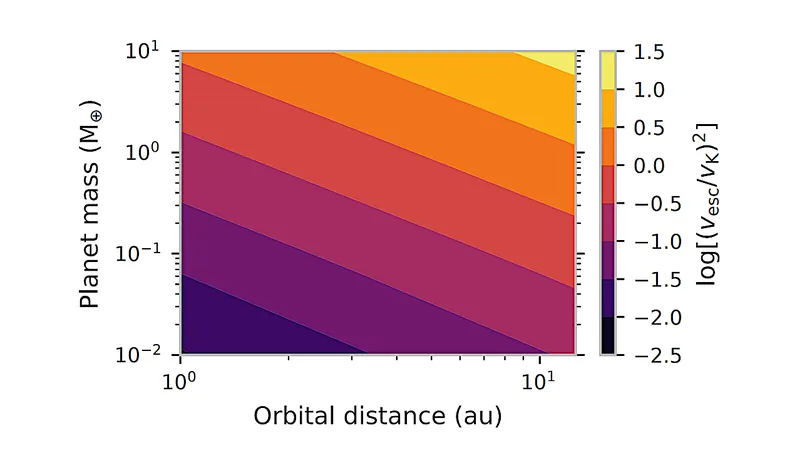
Meet the Next Generation of Healthcare: China's Innovative Soft Robot Finger for Intimate Medical Assessments
2024-10-11
Author: John Tan
In the rapidly advancing field of robotics, traditional robotic hands have largely struggled to replicate the nuanced sense of touch that humans possess. However, a groundbreaking development from a team at the University of Science and Technology of China is set to revolutionize this aspect of robotics. They have created a bioinspired soft finger (BSF) that could significantly enhance the capabilities of robotic medical examinations.
This cutting-edge finger employs advanced sensors that allow robots to detect minute changes in pressure with unrivaled precision. This dexterity, akin to that of a human finger, can enable bots to perform various medical tasks, including measuring pulse rates, detecting lumps, and conducting intimate exams—potentially reducing the discomfort some patients feel when dealing with human doctors.
Hongbo Wang, a researcher in sensing technologies and author of the study published in the journal Cell, commented, “We believe that a dexterous hand made of such fingers can act as a 'Robodoctor' in a future hospital, mimicking the actions of a physician.” This innovation is particularly promising for underdeveloped areas struggling with a shortage of healthcare professionals.
The BSF, measuring 129mm, is equipped with air-controlled actuators housed within a soft, flexible framework made of photopolymer resin. It has two conductive fiber coils: one for controlling finger movements and the other at the tip, which connects to a highly sensitive pressure sensor. During testing, this remarkable finger successfully identified artificial lumps embedded in silicone and accurately measured a human pulse by locating the artery.
The capabilities of the BSF are remarkable. It can perceive its own shape and fingertip force in real time, demonstrating a 50ms response time for both actuation and bending sensing. With a high resolution in bending angle detection (0.02) and force measurement (0.4 mN), the finger's performance is not only impressive but also mechanically durable for practical applications.
This technology opens up possibilities for patients who might feel uncomfortable having a human examine them, especially those who may prefer the discretion of a robotic assessment. Moreover, with the use of machine learning, the BSF could evolve to enable robotic hands that rival human sensitivity and functionality.
The implications of this research are vast, potentially paving the way for healthcare solutions that bypass traditional doctor visits for preventive checkups. As robot development continues to surge in various sectors—including military and space—this advancement may redefine patient care and accessibility in medicine.
As we stand on the brink of a new era in healthcare technology, questions arise: Could we be looking at a future where intelligent robots manage our health with compassion and precision? The researchers behind the BSF are committed to making that future a reality, where human-robot interactions expand in ways we've only dreamed of.


 Brasil (PT)
Brasil (PT)
 Canada (EN)
Canada (EN)
 Chile (ES)
Chile (ES)
 España (ES)
España (ES)
 France (FR)
France (FR)
 Hong Kong (EN)
Hong Kong (EN)
 Italia (IT)
Italia (IT)
 日本 (JA)
日本 (JA)
 Magyarország (HU)
Magyarország (HU)
 Norge (NO)
Norge (NO)
 Polska (PL)
Polska (PL)
 Schweiz (DE)
Schweiz (DE)
 Singapore (EN)
Singapore (EN)
 Sverige (SV)
Sverige (SV)
 Suomi (FI)
Suomi (FI)
 Türkiye (TR)
Türkiye (TR)